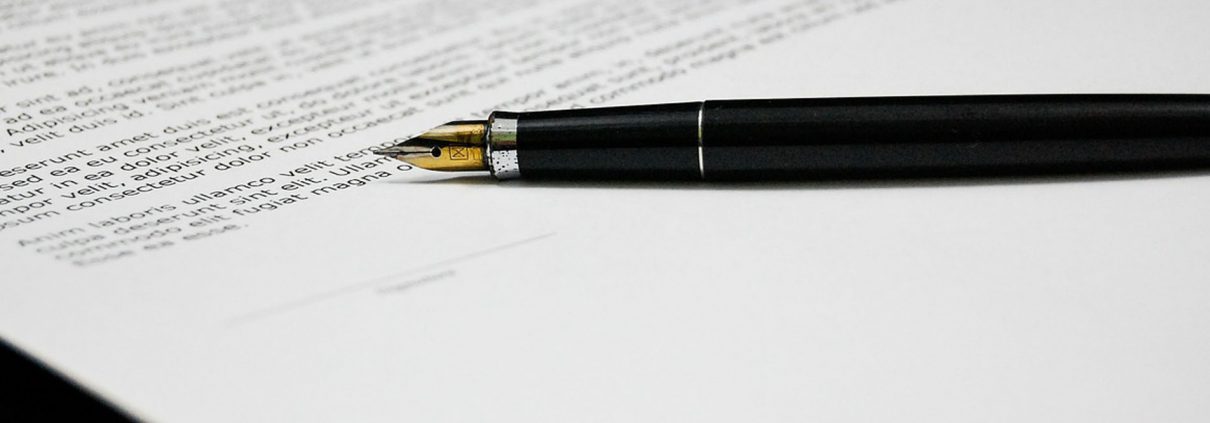With the UK being a common law country, sworn translation does not necessarily exist in the same way it does in a civil law country such as Spain or France. Whereas in civil law countries, sworn translators are government appointed, with some sort of qualification in Translating and Interpreting, in the UK almost anyone can attest to the accuracy and validity of a translation.
Having said this, although it is possible to self-certify, most official bodies only accept translations certified by a member of a professional translation such as the ITI (Institute of Translators and Interpreters) or the COIL (Chartered Institute of Linguists). Both are non-governmental organisations, but allow their members to certify their translations using an ITI seal that gives the document more credibility. The ITI have a strict code of conduct that members are expected to follow, and as a result has gained a reputation for being a trustworthy organisation that holds its members to high standards and thus reaffirms their individual legitimacy. Similarly, the Chartered Institute of Linguists integrates qualifications within its membership so as to further boost its members’ integrity, and in fact has royal affiliation. There is also the Association of Translation Companies, which allows translation agencies to provide respected credentials to its employees without them having to be a member of the ITI or CIOL.

In general, documents that need certifying include birth certificates, marriage/divorce certificates, death certificates and immigration papers, amongst others. In order to get a document certified, you must provide both a copy of the original and a copy of the translation, alongside an affidavit confirming the accuracy and validity of the document, and the capability of the translator. In some cases, generally when it comes to educational or professional documents, a translation may need to be notarised. This involves a government-appointed notary attesting to the following of legal procedures correctly. Notaries are not necessarily linguists, and so do not insure the quality of the translation, only that the translator swears the document is a fair and accurate translation.
To put it simply, there is very little regulation in the UK when it comes to official translations. Whilst the ITI and the CIOL have codes of conduct and processes to regulate their translators internally, there is no national procedure for sworn translation. Although translation companies can attest a document on their translator’s behalf, it is down to the official body receiving the translation to trust the company and/or translator. With the declaration of accuracy, translators are encouraged to declare their credentials, but in effect it is down to the judgement of the recipient to determine the level of legitimacy of a document.
Often a declaration of accuracy follows the following structure:
“I, Mr/s XXX, a member of the Institute of Translators & Interpreters, competent to translate from ……………. into ……………., hereby declare that the annexed translation in the …………… language of ……………………., and executed by me is, to the best of my professional knowledge and belief, a true and faithful rendering of the ……………original.”
Ultimately, the UK system places a lot more emphasis on the judgement of the receiving body to trust a translated document. Whilst there is no official national regulator, these official bodies do recognise the legitimacy of institutions such as the Institute of Linguists, the Chartered Institute of Linguists and the Association of translation companies. This does however, place a lot of trust in the infrastructure of these institutions due to the lack of external regulation, and creates a much more complicated vetting process on the recipient’s end.
